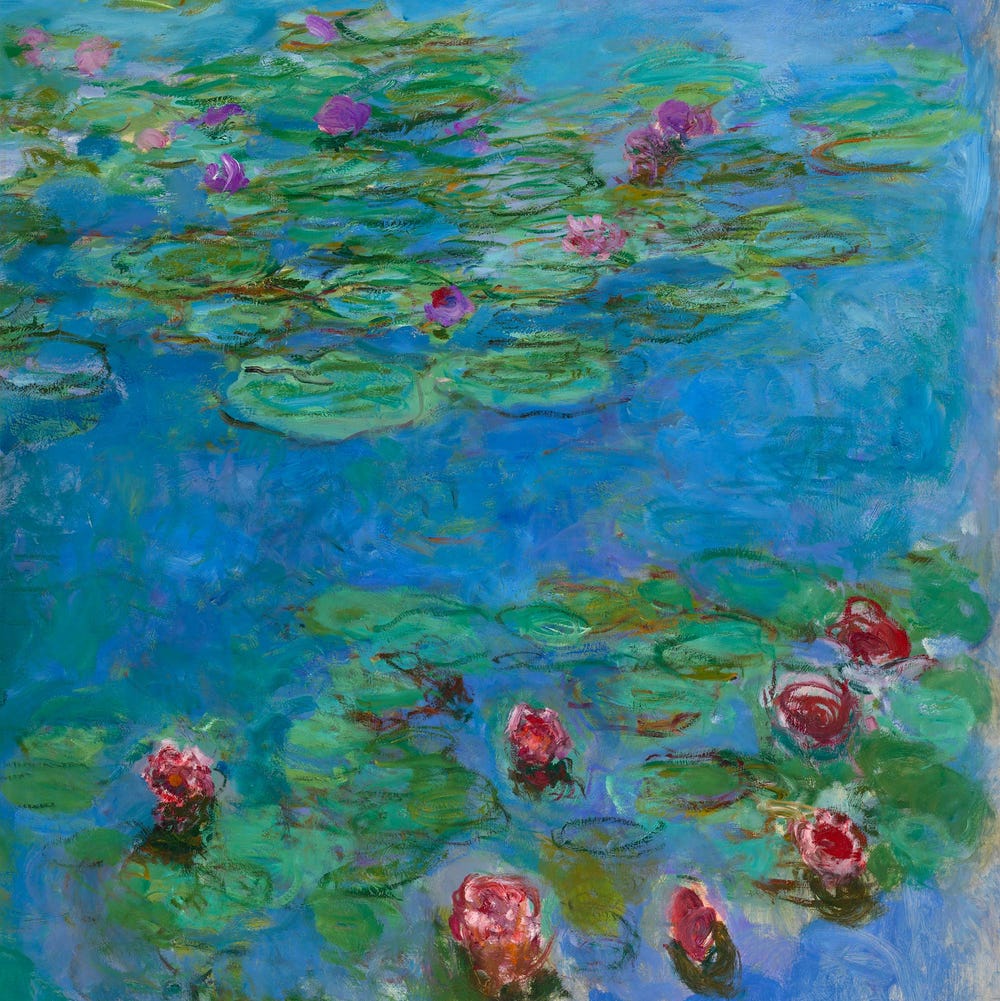Painting Forbidden Love + Hidden Desire
By Isabella Lores-Chavez, associate curator, European paintings
June 3, 2024
Ferdinand Bol, The Crowning of Mirtillo (detail), 1650. Oil on canvas, 55 1/2 x 76 3/4 in. (141 x 194.9 cm). Fine Arts Museums of San Francisco, Museum purchase by exchange, California Palace of the Legion of Honor, 1937.5
What gets in the way of true love? Tales of romance have continuously grappled with this question. Life circumstances, familial and societal expectations, and personal uncertainty pose challenges in all the greatest love stories. The Crowning of Mirtillo (1650) by Ferdinand Bol focuses on an encounter between two lovers where a clever disguise brings them together in spite of obstacles to their union. But disguises sometimes reveal more than they conceal: the painting is also about hidden desire.
Ferdinand Bol, The Crowning of Mirtillo, 1650. Oil on canvas, 55 1/2 x 76 3/4 in. (141 x 194.9 cm). Fine Arts Museums of San Francisco, Museum purchase by exchange, California Palace of the Legion of Honor, 1937.5
The Crowning of Mirtillo depicts a popular romance in dazzling detail. The scene is from the Italian play Il Pastor Fido (The Faithful Shepherd) by Giovanni Battista Guarini, published in 1590 and later translated into Dutch. In the play, the shepherd Mirtillo and the nymph Amarillis fall in love but, fatefully, must remain apart because Amarillis is betrothed to the hunter Silvio.
Bol, who was among Rembrandt’s most successful students, portrays a particularly thrilling moment in the play. Amarillis hosts a kissing contest among her maidens to determine who can offer her the best, sweetest kiss. Mirtillo, wanting to be close to his beloved, has his sister dress him up as a woman so he can join the contest. Upon sharing a perfect kiss with Amarillis, he is crowned the winner. With their matching floral crowns — each bloom carefully rendered — Bol emphasizes the link between the lovers.
Ferdinand Bol, The Crowning of Mirtillo (detail), 1650. Oil on canvas, 55 1/2 x 76 3/4 in. (141 x 194.9 cm). Fine Arts Museums of San Francisco, Museum purchase by exchange, California Palace of the Legion of Honor, 1937.5
Bol shows us that Mirtillo’s disguise (complete with a dress and a carefully coiffed up-do) is effective, but also offers hints differentiating him from the nymphs: his prominent Adam’s apple, sturdy hands, and coarse features contrast with Amarillis’s delicate fingers and fine nose. Gender-altering disguises are a recurring plot device in early modern plays. Think of Shakespeare’s Twelfth Night (1601–02): Viola, disguised as a young man for most of the play, earns the affection of both a man and a woman. Audiences were in on the ruse, while the characters on the stage remained oblivious to it.
Here, the setup also expresses a queer dimension to the character of Amarillis. Though she is betrothed to a man, she devises a game inviting each of her women friends to kiss her — and kiss her well, in order to win. Painted versions of the story visualized these same-sex interactions in a way staged productions did not. While Bol represented the crowning moment of the contest, other Dutch painters chose to depict Mirtillo and Amarillis as two women kissing, as in Jacob van Loo’s more erotic version from the late 1640s.
Jacob van Loo, The Crowning of Mirtillo, ca. 1650. Oil on canvas. On loan to the Stichting Rijksmuseum Muiderslot from the Instituut Collectie Nederland, Amsterdam
Ultimately, the story of Mirtillo and Amarillis is a heterosexual romance, a story about a man and woman’s star-crossed love. But, along the way, the story also reveals an underlying homosexual desire, as Amarillis seeks out physical intimacy with women in her inner circle who, one by one, “try their mouthes by hers.” And when she shares the sweetest kiss with Mirtillo, she is, after all, taken by his disguise, believing he is a woman. In Bol’s imagining, The Crowning of Mirtillo also explores the performance of gender. By donning the right dress and feminine hairstyle, Mirtillo convincingly plays the role of a maiden and gains entrance into a space where women freely explore their sexual attraction to each other.









